After my recent review of Caol Ila Moch I thought I would keep the ball rolling by tasting another heavily-peated NAS Islay malt with an inscrutable Gaelic name! No? Too soon? Well I already wrote it so too bad.
Laphroaig has taken their flagship first-fill ex-bourbon heavily-peated malt and changed up the recipe – swapping it into virgin European oak for the final two years. In other words, it’s Laphroaig 10, but with a dip in virgin oak and a hearty 48% ABV. It’s also not chill-filtered. This is a travel retail release, so with all the international travel going on right now in the midst of a global pandemic, I’m sure many of you are in a position to snag a bottle. /sarcasm
An Cuan Mòr means “Big Ocean” in Gaelic, which I guess is relevant to an island distillery, but more important is the fact that virgin European oak is very uncommon in whisky finishing. Compass Box made waves by using barrel staves (and later, after a scuffle with the SWA, barrel heads) of virgin French oak to make the original Spice Tree. Most of the other virgin oak seen on the market is virgin American white oak, which is cheaper. Usually the term “European oak”, despite its vagueness, means Spanish oak which is the traditional barrel wood for sherry. In case it wasn’t clear, the word ‘virgin’ here describes a barrel that has not previously held liquid. All bourbon, for instance, is aged in virgin American oak.
Since it has been almost 10 years (oh God I’m getting old) since I last reviewed the Laphroaig 10 year, I decided to do my tasting of this sample side-by-side with a glass of the classic. I highly recommend doing this when the opportunity presents: Try two similar whiskies side-by-side in identical glasses so it’s easier to pick out the differences.
Nose: Unmistakable Laphroaig aromas that fill the room when you open the bottle. Seaweed-heavy brine, mild smoke, smoking meat, and vanilla. There’s a lot more oakiness, and more oaky sweetness, than the standard Laphroaig 10, although the peat elements seem identical.
Palate: Thin body. Moderate tongue burn (appropriate for something at nearly 50% ABV) is accompanied by mild oak, vanilla-flecked smoke, and the full gamut of iodine-and-seaweed Laphroaig peat.
Finish: Very long. You can usually taste Laphroaig the following day, so that’s not news. The extra European oak notes do translate to the finish, which has some cinnamon and vanilla to accompany the ever-present maritime peat.
With Water: A few drops of water ‘warm’ up the aroma a bit, bringing the cinnamon notes to the front, along with a dose of caramel. Try this without water first, and then add a little to see how it changes for you.
Overall: I’m impressed that in a side-by-side comparison, it’s clear that this is Laphroaig “plus”. You get extra cinnamon, extra vanilla, and extra oaky sweetness from the European oak that’s just simply missing from the standard expression. It does not taste more mature, nor mellower. If you feel like your standard Laphroaig could use a little more flavor that isn’t peat, you’ll probably enjoy this. It reminds me of the Laphroaig Quarter Cask, although the wood notes are definitely different, as they are derived from a different kind of oak.
This is a tasty dram, and lovers of Laphroaig will not be disappointed. However, I’m scoring it a “Try before Buy” because it’s difficult to lay hands on a bottle, and because it’s still 10 year-old whisky for north of $100 (most places seem to average $120). Ouch. No, it’s not worth that. Maybe you can find a dram at a well-stocked bar, or a bottle on sale at an airport Duty-Free bankruptcy sale? I dunno. I got my sample at Flaviar, but availability of specific samples is very hit-or-miss there.




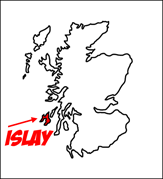
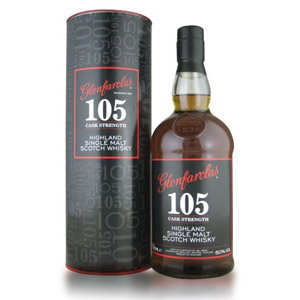
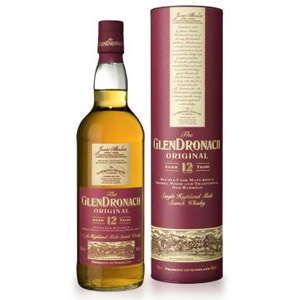
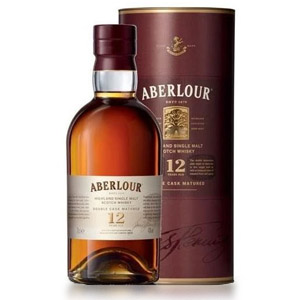
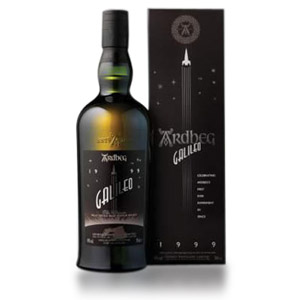

Bourbon is aged in new virgin oak, but not necessarily American oak. I believe some distilleries are experimenting with special releases aged in various exotic oak varieties. As long as it’s virgin, it’s still bourbon. Of course the whiskey must be produced in the US to be bourbon, and so the oak needs to be imported.
Technically true. American Quercus Alba (White Oak) is so prevalent here that all bourbon distilleries use it almost exclusively. Some experimental releases (Buffalo Trace Experimental Series for instance) have dabbled in other virgin oaks but I’ve never heard of any of these being used to age scotch. If it happens, it would be a single barrel one-off or experiment that’s sitting in the back of a warehouse somewhere.